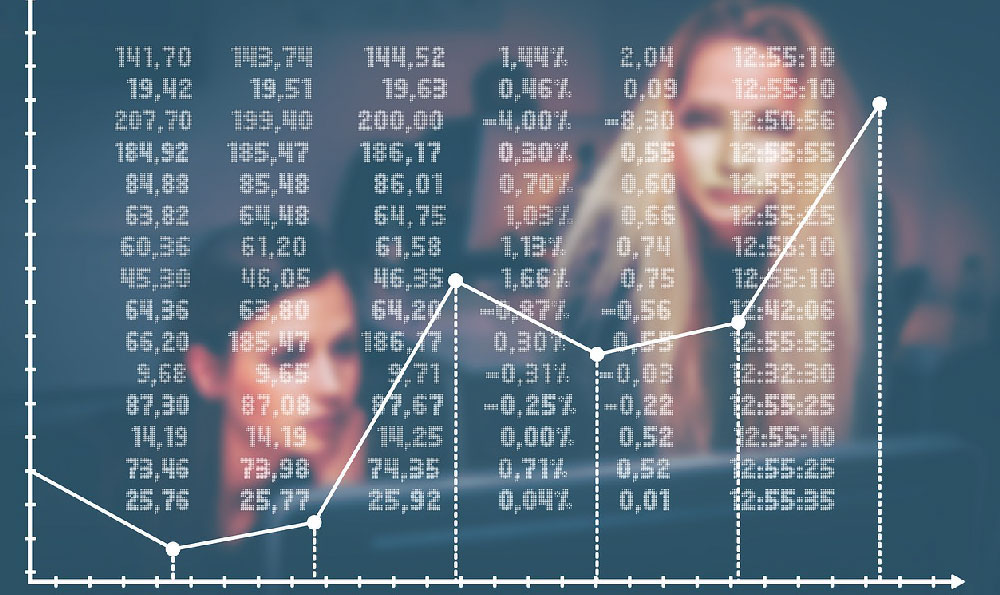Farmer income serves as a cornerstone of rural economies, offering both livelihoods and financial opportunities. Determining how much a farmer can earn annually involves a complex interplay of factors such as location, farm size, crop selection, market conditions, and technological advancements. The global average for agricultural earnings reveals stark disparities, with some regions experiencing modest incomes and others boasting substantial financial returns. These variations create a mosaic of possibilities for aspiring agricultural entrepreneurs and those seeking to understand the financial viability of farming ventures.
In North America, particularly the United States, agricultural income trends reflect a mix of large-scale commercial operations and small family-run farms. According to the U.S. Department of Agriculture, the median income of a U.S. farm in 2021 was approximately $48,000, though this figure drastically fluctuates depending on the type and scale of production. For instance, large agribusinesses often surpass $300,000 in annual profits, benefiting from economies of scale, mechanization, and access to global markets. Conversely, small-scale farmers may struggle with lower revenues, with many earning under $20,000 per year. This wide range underscores the importance of strategic planning, efficient resource management, and market awareness in achieving financial success within agriculture.
In contrast, agricultural economies in developing countries like India often exhibit different dynamics. Indian farmers typically generate income ranging from $2,000 to $10,000 annually, depending on the region and type of cultivation. Crop prices, government subsidies, and climatic conditions play pivotal roles in shaping these earnings. Seasonal monsoons, for example, can significantly impact yields and consequently profits. Meanwhile, in sub-Saharan Africa, the income disparity is even more pronounced, with many smallholder farmers earning less than $1,000 per year due to limited access to resources, technology, and infrastructure. These economic realities highlight the challenges faced by farmers in less developed regions and the need for sustainable investments in agricultural development.

The scale of a farm inherently influences the level of income. Hobby farms or subsistence farms, often operated on a small scale, play a critical role in local food security but may not yield significant profits. These operations typically prioritize personal consumption or community sharing over commercial sales. As farms expand to a medium or large scale, the potential for higher income increases due to the ability to produce in bulk, streamline operations, and diversify revenue streams. Large-scale farmers often attain higher profitability by adopting advanced technologies, such as precision agriculture tools and automated harvesting systems, which enhance efficiency and reduce labor costs. Moreover, diversification into value-added products like processed food or organic produce can further elevate income potential.
Crop selection and market conditions are pivotal drivers of farmer income. Specializing in high-value crops such as fruits, vegetables, or nuts can lead to increased profits compared to staple crops like wheat or corn. However, these high-demand crops often require more precise management, irrigation, and pest control, which adds to operational costs. On the other hand, staple crops form the backbone of food supply chains and can provide steady income, especially when cultivated for export markets or government procurement programs. The global trade agreements, demand fluctuations, and geopolitical influences further complicate the income landscape for farmers worldwide.
In the context of investment, the agricultural sector presents a unique opportunity for long-term wealth generation. Unlike other industries, agriculture offers a tangible asset base and a cyclical yet predictable income stream. However, the financial viability of agricultural investments is contingent on understanding the inherent risks, such as weather variability, market volatility, and regulatory changes. Diversification across crops and livestock, as well as leveraging technology and sustainable practices, can help mitigate these risks. Investors seeking to enter the agricultural market must carefully evaluate the financial health of the operation, market trends, and the potential for scalability.
The rise of sustainable practices and green technology is further transforming the income potential of farmers. Organic farming, agroforestry, and permaculture are gaining popularity, driven by increasing consumer demand for eco-friendly products and government incentives. These approaches often command higher prices in the market, offsetting the initial costs of transitioning from conventional farming. Moreover, innovations in renewable energy, such as solar-powered irrigation systems, can reduce operational expenses and enhance profitability. The integration of these modern practices not only aligns with global environmental goals but also contributes to financial stability for agricultural enterprises.
Ultimately, the annual income of a farmer is not a static figure but a dynamic outcome shaped by a multitude of factors. From the geographical context to the scale of operations, from crop specialization to market demand, each element plays a crucial role in determining financial returns. While some farmers may achieve substantial profits, others may struggle with modest earnings due to external challenges. Understanding these variables and the broader economic forces at play can provide a comprehensive view of the financial potential within the agricultural sector. For those considering agricultural investments, the key lies in strategic planning, adaptability, and a deep understanding of both local and global market trends. The future of farming may lie in a balance between tradition and innovation, where sustainable practices and technological advancements converge to create a more resilient and financially rewarding industry.












